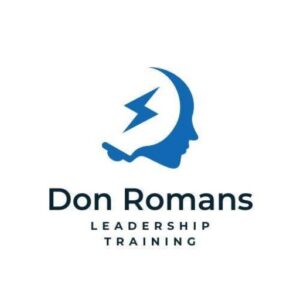Being a supervisor can be difficult. There are many different aspects of the job that can be challenging. This blog post will discuss the most difficult part of being a supervisor. We hope this information will help you become a better supervisor and make your job easier!
The most difficult part of supervision is conflict resolution.
When two employees disagree, it can be hard to know how to intervene in a way that will resolve the issue without making things worse. Sometimes, the best thing to do is to let the employees work it out themselves. However, there are also times when the supervisor must step in and mediate. The key is staying calm and neutral and encouraging the employees to do the same. By listening to both sides and exploring all options, it’s usually possible to find a resolution everyone can live with.
Conflict resolution is not always easy.
You will need to be patient and understanding while also being firm. Employees may have different ideas about what is fair and may be unwilling to compromise. As a result, it is essential to find a resolution that is fair for both parties involved. The first step is to listen to both sides of the story and try to understand the different perspectives. Once you clearly understand the situation, you can explore other options for resolution. It is essential to remember that each side must be willing to give up something to reach an agreement. With some patience and creativity, you should be able to find a resolution that satisfies both parties involved.
When you find yourself amid a conflict, it’s important to remember that many resources are available to help you find a fair resolution for both parties involved. While it may be tempting to try to handle the situation on your own, enlisting the help of your HR Manager is always a good idea. They can provide you with the necessary tools and resources to help resolve the conflict in a way that is fair for everyone.
A face-to-face meeting is often the best way to resolve a conflict.
A face-to-face meeting allows both parties to express their concerns and to hear each other out. It’s also a good idea to have a neutral third party present, such as an HR Manager, to help mediate the discussion. You can explore other options, such as mediation or arbitration if you cannot resolve them during the meeting. However, this option is for more serious conflicts that have not been able to be resolved through other means.
When conflict resolution gets handled effectively, it can result in a stronger relationship between the employees involved. They will feel like you heard them and you took their concerns seriously. Additionally, they will see that you are willing to work with them to find a fair resolution for everyone involved. However, if conflict resolution gets handled ineffectively, it can lead to further tension between the employees and may even damage their relationship beyond repair. As a result, it is essential to take the time to learn about effective conflict resolution techniques and to practice them so that you are prepared to handle any situation that may arise.
My experience.
My experience has shown me that a trained supervisor or manager can handle most disputes. However, occasionally you will encounter a problem beyond your scope to resolve. Do not hesitate to contact your HR department for help in these cases. They are there to support you and can provide the necessary resources to help resolve the issue.
While conflict resolution is often the most difficult part of being a supervisor, it is also the most important. By learning about effective conflict resolution techniques, you can ensure that you are prepared to handle any situation. Additionally, by enlisting the help of your HR department when necessary, you can resolve even the most complex conflicts in a way that is fair for everyone involved.
Effective conflict resolution techniques.
In any conflict, it’s essential to communicate effectively with the other party to resolve the issue. A few conflict resolution techniques can be beneficial in diffusing tense situations. First, it can be helpful to see the conflict from the other person’s perspective. Seeing their viewpoint doesn’t mean that you have to agree with them, but understanding where they’re coming from can help you find common ground. It can also be helpful to avoid making assumptions and ask clarifying questions. These questions will help ensure you’re on the same page and prevent miscommunication. Finally, it’s essential to remain calm and avoid getting defensive. Finding a resolution that works for both parties will be much easier if you can do this.
Conclusion
Conflict resolution is often the most difficult part of being a supervisor. However, by learning about effective conflict resolution techniques and enlisting the help of your HR department when necessary, you can resolve even the most complex conflicts in a way that is fair for everyone involved.
When managing a team, one of the most critical skills a supervisor can have is resolving conflicts effectively. By learning about conflict resolution and practicing these techniques, you can ensure that you are prepared to handle any situation. Additionally, by enlisting the help of your HR department when necessary, you can resolve even the most brutal conflicts in a way that is fair for everyone involved.
Check our website for helpful articles on leadership, supervision, and management.

